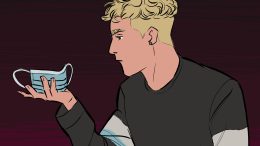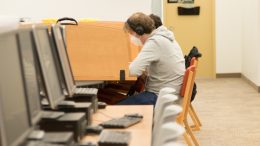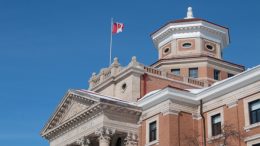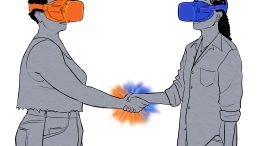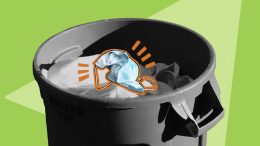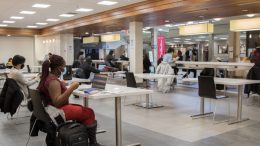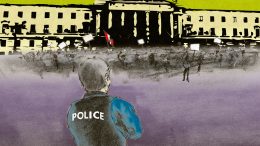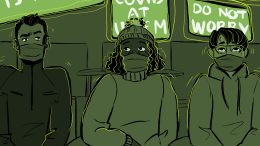PCs throwing province off a cliff by dropping masks
On March 15 the Progressive Conservative party (PC) dropped Manitoba’s mask mandate. The PCs are facing what looks to be an inevitable demise come next provincial election and it appears the party is finding it increasingly futile to play along with public health measures it so clearly resents. The result may culminate in yet another self-destructive attempt at returning to pre-COVID life. We’ve been here before, and it didn’t end well.
